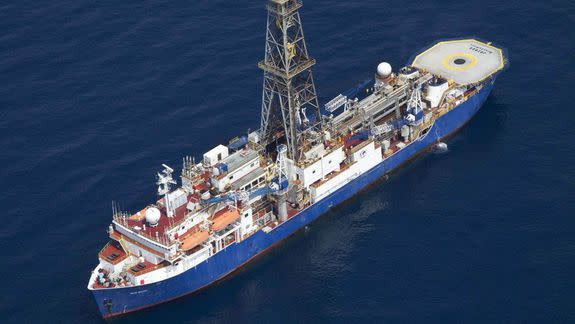Expedition team heads to mysterious underwater continent of Zealandia

For millions of years, the underwater continent of Zealandia has done its own thing.
Once part of Australia, it broke off from the country about 75 million years ago and moved northeast. It stopped moving 53 million years ago, but recently the mysterious continent has attracted a lot of attention.
SEE ALSO: Two storms set to undergo bizarre 'Fujiwhara' dance, leaving only 1 standing in the end
On Friday, a team of researchers led by the Australian National University will embark on a two-month-long expedition to examine Zealandia, a 4.9-million square kilometer (1.9-million square mile) chunk of land now mostly submerged underwater.
Zealandia is made up of submerged continental crust, and would connect the islands of New Zealand and New Caledonia — if you removed the ocean water around them.
"The continental crust of Zealandia was thinned by stretching before it separated from Australia so that it lies lower than Australia," Professor Rupert Sutherland, from Victoria University of Wellington in New Zealand, said in a statement.
"Zealandia's continental crust is thicker than the surrounding oceanic crust, and so it lies higher than that."
It's hoped the trip will provide more clues about the global tectonic configuration, and how the "Ring of Fire" — a large area in the Pacific Ocean that is a hotbed for earthquakes and volcanoes — came to exist.
Researchers on board the drill ship JOIDES Resolution will examine extracted rock core samples, useful in the study of oceanographic history, extreme climates, and plate tectonics.

Image: ANU
The region is also vital for studying changes in global climate and oceanography.
"As Australia moved north and the Tasman Sea developed, global circulation patterns changed and water depths over Zealandia fluctuated. This region was important in influencing global changes," Professor Jerry Dickens, from Rice University, said in a statement.
The research is part of the International Ocean Discovery Program (IODP), an international drilling program which involves 23 countries.
Preliminary results of the expedition will be available at the end of September, when the ship docks in Hobart.
WATCH: Forget smart watches, this voice-powered smart ring will make you look very extra


